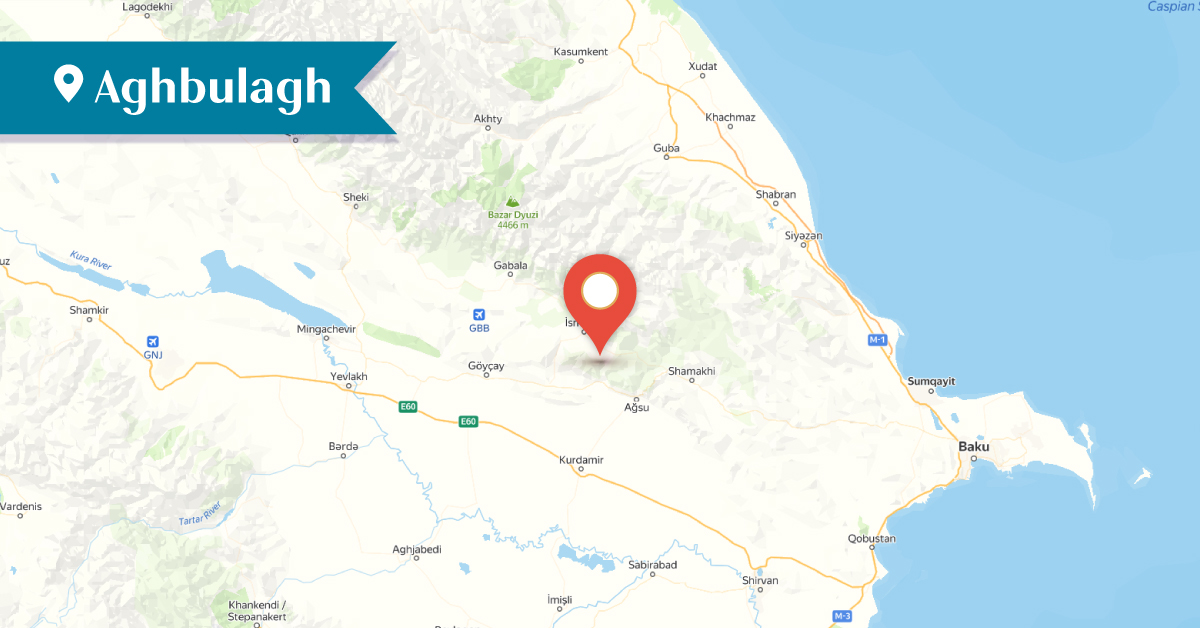2025
2025
2025-08-18

Armenians settled in the village of Aghbulagh[1] at the end of the 18th century, mainly from the villages of Shosh, Avetaranots, Sos, Hadrut, Moshkhmhat in Artsakh, and Khndzoresk in Syunik. The village was frequently mentioned in 19th-century archival records. It had a small population. In 1831, only 76 Armenians lived in Aghbulagh. According to 1860 data, the village had 214 inhabitants, while in 1890 it had 120. In 1912, Aghbulagh was home to 113 Armenians. The village did not have a school. Children from Aghbulagh attended the school in the neighboring Armenian village of Avanashen. In June 1917, permission was granted to open a parish school in the village, but it never operated.
The Church of Surb Astvatsatsin (Holy Mother of God) stood in Aghbulagh, though no information has been preserved about its foundation. However, a record from 1842 notes that the church was in rather poor condition. To build a new church on the site of the old one, the villagers decided to raise funds. By 1887, a new small church named Surb Mesrop had been consecrated.
In the summer of 1918, Turkish-Tatar forces destroyed Aghbulagh. The surviving residents who escaped the massacre never returned to their native village.
During the Soviet period, Turkic-speaking settlers established themselves in the village site. With the permission of the local authorities, they completely destroyed the Armenian cemetery and church there.
At present, the settlement is part of the Ismayilli district, located 11.8 km southeast of the district center of the same name, and it still bears its old name.
Bibliography
Bishop Makar Barkhutaryants. The Land of Aghvank and Its Neighbors. Artsakh. Yerevan, 1999, p. 103.
Mesrop Archbishop Smbatyants. Description of the Monastery of Saint Stepanos of Salian and Other Monasteries and Sacred Sites in the Towns and Villages of the Shamakhi Diocese. Tiflis, 1896, p. 139.
Karapetyan, S., Aghvank Proper, Part 1, Yerevan, 2024, pp. 95-96.
[1] Azerbaijani - Aǧbulaq